They may look like they belong in your arms or your backyard, but these wild animals are better left where nature intended. From smiling marsupials to serene sea creatures, each of these gentle beings carries an air of innocence that tempts even the most practical pet lovers. But don’t be fooled by their friendly faces—these creatures thrive in environments far too complex to replicate at home. While they pose no threat to humans, their specialized needs, wild instincts, and legal protections make them anything but ideal companions. Here are 12 harmless yet untamable animals you should admire—but never adopt.
1. Manatees: Gentle Giants of the Sea
Those round bodies and sweet faces make manatees seem like aquatic teddy bears. These massive marine mammals can weigh up to 1,200 pounds yet possess the temperament of a butterfly – peaceful, gentle, and completely harmless.
Despite their charm, manatees require vast warm waterways and consume 10-15% of their body weight in vegetation daily. Their specialized diet and habitat needs simply can’t be replicated in captivity.
Manatees are already endangered due to boat strikes and habitat loss. Keeping these vulnerable creatures as pets would further threaten their survival and deprive them of their natural social structures.
2. Capuchin Monkeys: Too Smart for Captivity
With expressive faces and human-like hands, capuchin monkeys capture our hearts instantly. Their intelligence allows them to use tools, solve puzzles, and form complex social bonds that rival our own.
Captive capuchins often develop severe psychological issues when their mental needs aren’t met. They require constant stimulation, socialization with their own kind, and specialized diets that few homes can provide.
As they mature, these seemingly adorable primates can become aggressive, destructive, and unpredictable. Their 40+ year lifespan means adopting one is a lifetime commitment that outlasts most marriages!
3. Manta Rays: Ocean Ballerinas Need Space
Watching manta rays glide through ocean currents feels like witnessing underwater ballet. Their graceful movements and curious nature might make you wish you could keep one in a personal aquarium.
Reality check: manta rays need vast ocean spaces to thrive. These filter feeders swim up to 1,000 miles monthly and dive to depths of 3,000 feet – dimensions no home tank could ever provide.
Many species are threatened or endangered, with lifespans reaching 50 years. Their complex breeding patterns and migratory needs make them impossible candidates for domestic life, regardless of how mesmerizing their wing-like movements appear.
4. Sloths: Slow-Moving Stress Machines
Those perpetual smiles and lazy movements make sloths internet sensations. Behind that adorable appearance lies an animal perfectly adapted for a specific lifestyle that human homes simply cannot replicate.
Sloths have highly specialized digestive systems requiring exact combinations of leaves and plants. Their metabolism operates so slowly that a single meal can take a month to digest – and incorrect diets quickly become fatal.
Most tragically, these sensitive creatures often die from stress when removed from their natural habitats. Their apparent calmness masks extreme anxiety in unfamiliar environments, making them one of the most commonly misunderstood “cute” animals that suffer in captivity.
5. Deer: Forest Dwellers With Fragile Hearts
Bambi-like eyes and delicate features make deer seem like perfect backyard companions. What many don’t realize is that these shy creatures literally can die from fear – their nervous systems aren’t built for domestic life.
White-tailed deer can jump 8 feet high and run 30 mph, requiring vast territories to express natural behaviors. Keeping them confined causes severe stress, muscle atrophy, and often leads to early death.
Fawns imprint on humans easily, creating a dangerous situation as they mature. Adult male deer become unpredictable during rutting season, while females need specialized care for reproduction – challenges no typical home can safely manage.
6. Dolphins: Smiling Faces Hide Complex Needs
That permanent “smile” and playful nature makes dolphins seem like aquatic puppies. The reality? These marine mammals possess intelligence rivaling humans, with brain-to-body ratios second only to our own.
Dolphins swim up to 100 miles daily in the wild. They use echolocation, maintain complex social hierarchies, and develop unique whistles as individual names – all behaviors impossible to maintain in captivity.
Even the largest home pools would be the equivalent of keeping a human in a closet. Their sophisticated emotional lives mean they experience depression and stress in confined spaces, making them particularly unsuited for domestic environments despite their seemingly friendly demeanor.
7. Elephant Shrews: Tiny Speedsters With Big Needs
Resembling a mouse with an elephant’s trunk, these African mammals might seem like exotic alternatives to hamsters. Don’t be fooled by their diminutive size – elephant shrews are specialized creatures with needs no cage can satisfy.
Racing through African woodlands at speeds comparable to cheetahs (scaled for size), these insectivores require massive territories and constant movement. Their specialized diet consists of termites, ants, and specific plants found only in their native habitats.
Most captured elephant shrews die quickly from stress-related illnesses. Their rapid metabolism and high-strung nature make them extremely sensitive to environmental changes, meaning even the most devoted owner would likely witness their swift decline.
8. Axolotls: Smiling Salamanders With Special Demands
Those perpetual grins and frilly external gills make axolotls irresistible to aquarium enthusiasts. Native only to Lake Xochimilco in Mexico, these salamanders are critically endangered in the wild, with fewer than 1,000 remaining in their natural habitat.
Axolotls require pristine water conditions with exact temperature ranges. Even minor fluctuations can cause stress, disease, and death – making them extremely high-maintenance aquatic pets.
Their famous regenerative abilities have made them targets for the pet trade, further endangering wild populations. Conservation efforts focus on preserving their natural habitat rather than encouraging captive breeding for the pet industry, where many die from improper care.
9. Sugar Gliders: Nocturnal Socialites in Disguise
Those huge eyes and ability to “fly” between trees make sugar gliders seem like pocket-sized companions straight from a fantasy novel. Originally from Australia and Indonesia, these marsupials have complex social structures that human ownership disrupts.
Sugar gliders are colony animals requiring the company of their own kind – keeping just one is considered cruel. Their nocturnal nature means they’re active when you’re sleeping, and they communicate through loud barking and screeching that neighbors rarely appreciate.
Their specialized diet includes tree sap, nectar, and insects in precise combinations. Without proper nutrition, they develop painful and fatal metabolic bone disease, making them challenging pets despite their adorable appearance.
10. Kinkajous: Honey-Loving Night Dwellers
With golden fur and teddy bear faces, kinkajous seem like perfect cuddle buddies. These rainforest mammals, sometimes called “honey bears,” use their long tongues to extract honey and nectar in the wild – behaviors impossible to replicate in homes.
Naturally nocturnal, kinkajous sleep all day and become active at night, often vocalizing loudly when owners are trying to sleep. Their five-inch claws, designed for climbing trees, make handling difficult and can cause serious injuries even without aggressive intent.
Kinkajous can live 40+ years in captivity, outlasting most marriages. Their specialized tropical diet and need for complex climbing structures make them expensive and challenging to maintain properly despite their appealing appearance.
11. Quokkas: Smiling Selfie Stars With Hidden Needs
Famous for their seemingly happy expressions, quokkas have become social media darlings. Native only to small areas of Western Australia, these marsupials are protected by strict wildlife laws that prohibit touching or keeping them.
Quokkas have highly specialized diets of specific native plants. When fed incorrect foods by well-meaning humans, they develop fatal nutritional deficiencies and dental problems that lead to slow, painful deaths.
Their friendly nature around humans is actually a lack of natural predators in their island home, not domestication. Quokkas need large territories to forage and socialize with their own kind – needs that captivity simply cannot fulfill despite their apparently sociable demeanor.
12. Capybaras: Water-Loving Rodents Need Rivers
Internet-famous for their zen-like demeanor, capybaras are the world’s largest rodents and seem impossibly chill. Behind that relaxed exterior lies an animal with specific needs that few homes can provide.
Capybaras require constant access to water for swimming and temperature regulation. Without daily immersion, they develop painful skin conditions and suffer from heat stress, as their bodies evolved for semi-aquatic lifestyles.
Highly social animals, capybaras live in groups of 10-20 in the wild. Keeping just one or two causes depression and behavioral problems. Their specialized digestive systems require constant grazing on specific vegetation – needs that make them particularly difficult to maintain ethically in domestic settings.

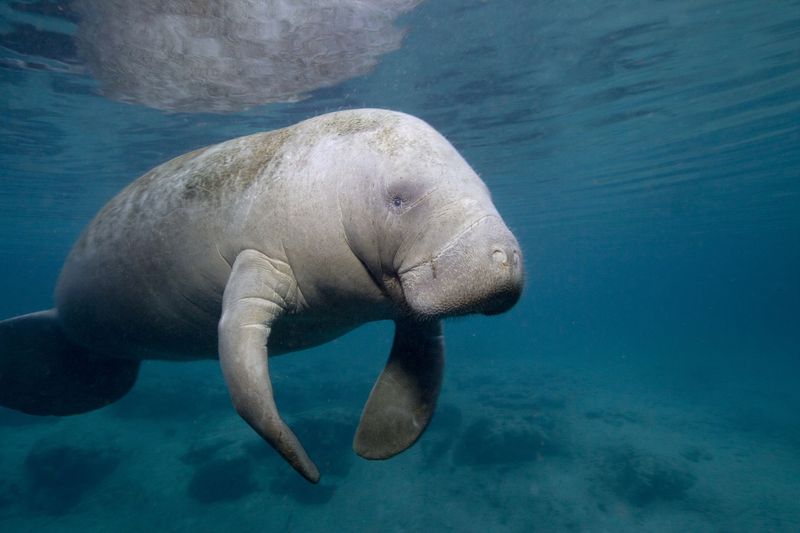
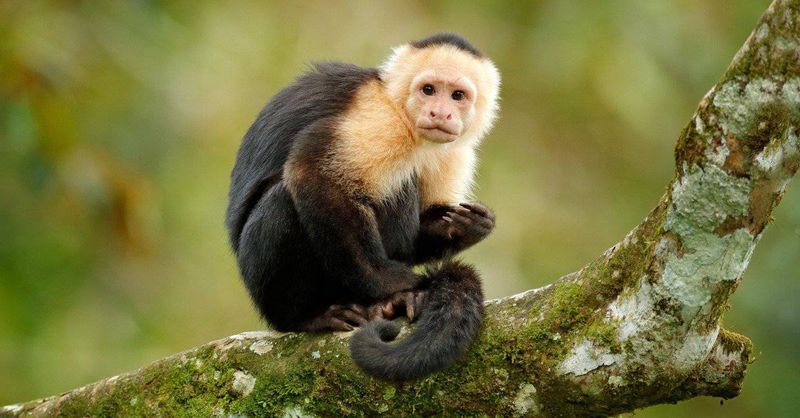
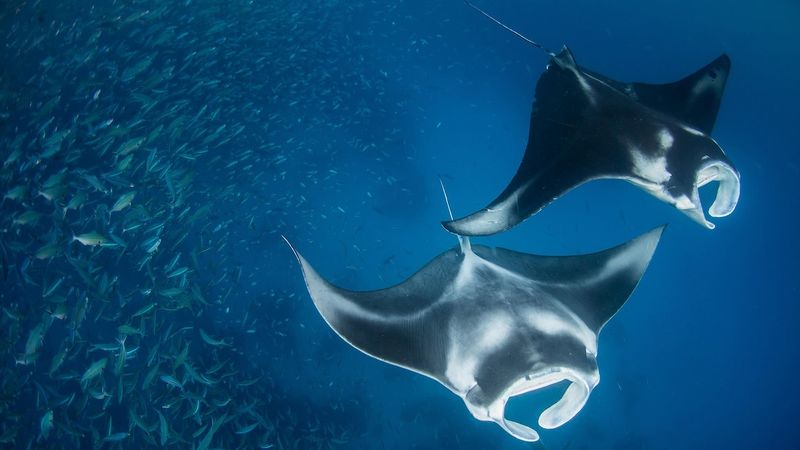
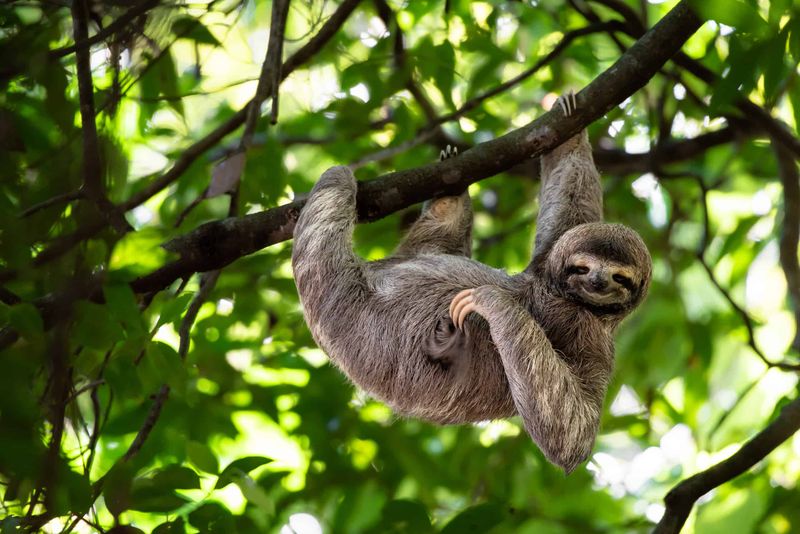
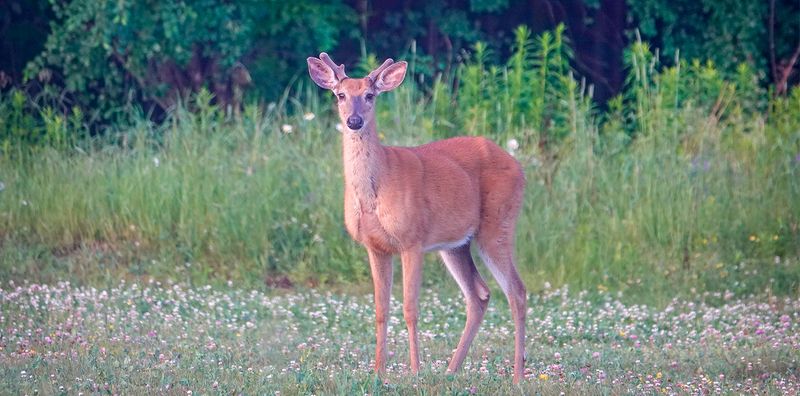
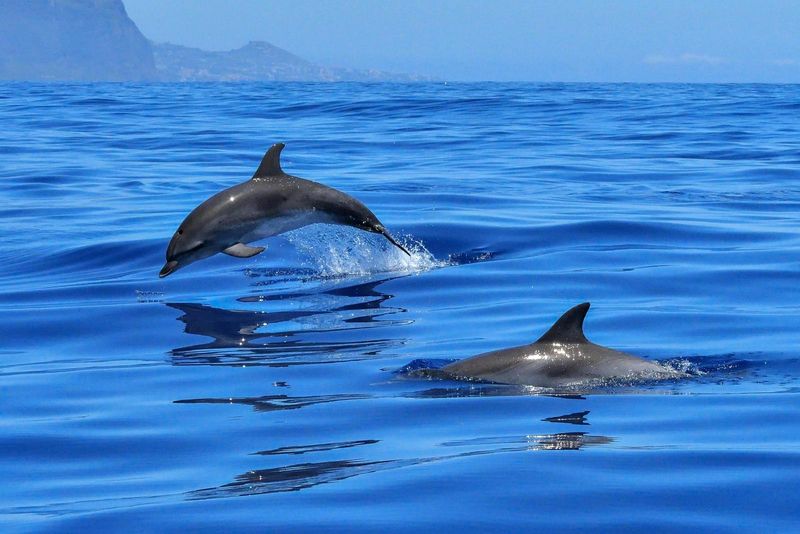
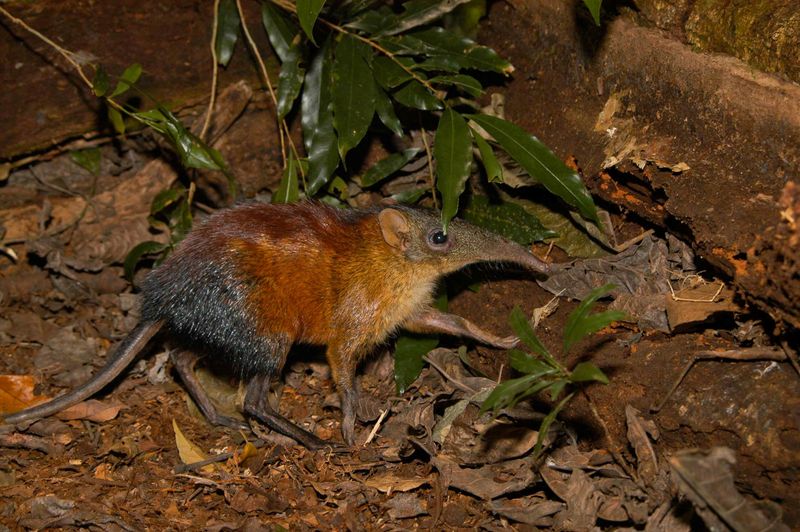
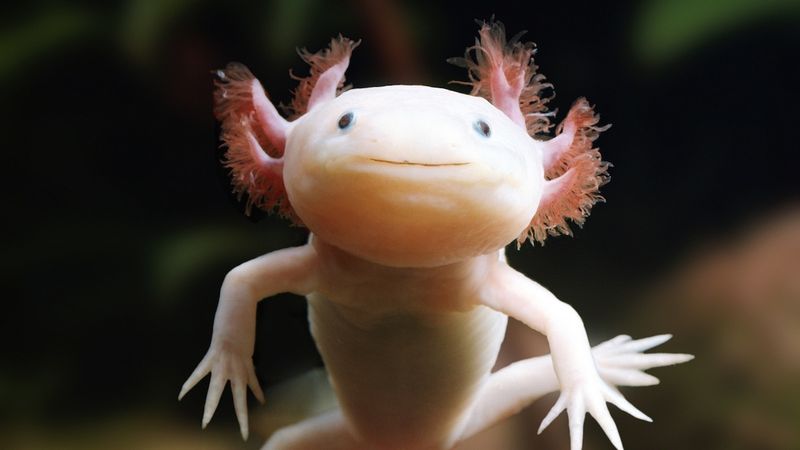
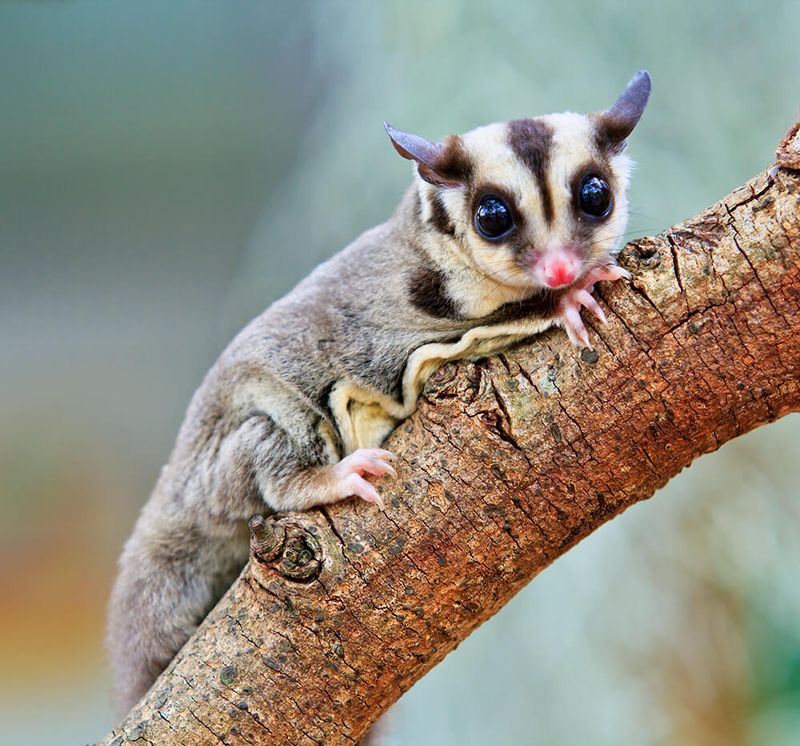
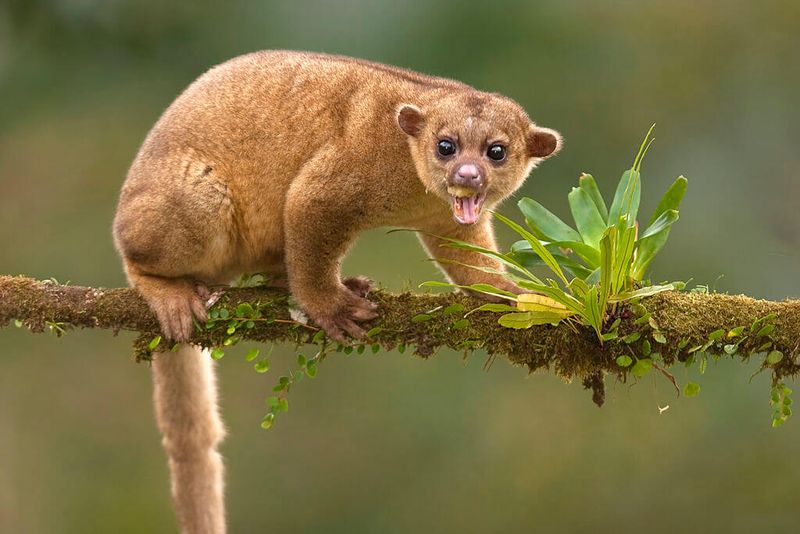
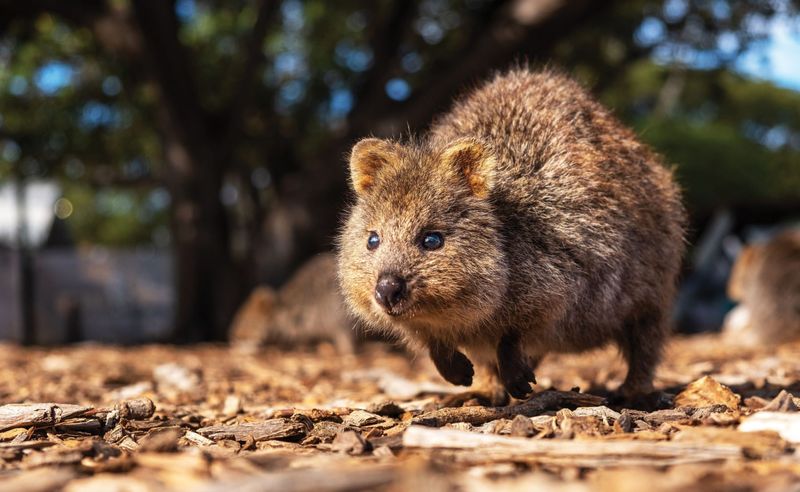
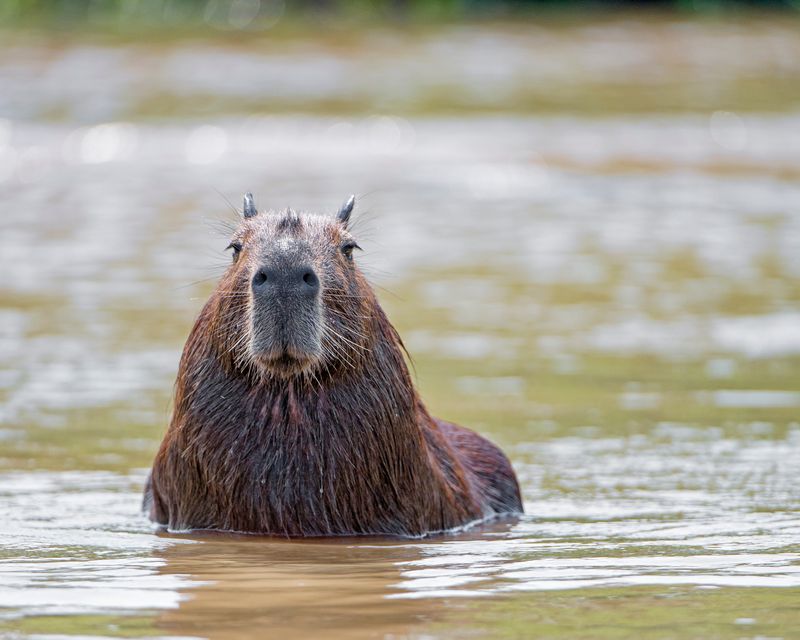
Comments
Loading…